AI is no longer a futuristic concept—it’s actively reshaping education, workforce preparation, and how schools function at every level. Educators, administrators, and policymakers are no longer asking if AI will play a role in schools, but rather how.
And they’re grappling with important questions: What is the potential and the peril of AI? How can schools ensure students are ready for an AI-driven world? What does AI mean for our educators, our school leaders, and our school systems?
During a fireside chat at Panorama’s AIM FOR IMPACT virtual summit, education leaders came together to tackle these pressing questions and more. Panorama Education CEO Aaron Feuer led a discussion with Dr. Julia Rafal-Baer (CEO, ILO Group), Commissioner Angélica Infante-Green (Rhode Island Department of Education), and Amanda Peterson (North Dakota Department of Public Instruction).
Their conversation envisioned what future-ready schools could look like in the age of AI, how states are integrating AI into education, and how educators can navigate the rapid evolution of this booming technology.
|
Did you miss the AIM FOR IMPACT Virtual Summit? No problem—you can now watch on-demand! Hear from education experts and district leaders, explore solutions to today’s K-12 challenges, and gain strategies for student success and a strong school culture. Learn how AI is helping to build future-ready schools. |
AI's Role in Preparing Future-Ready Students
When Rhode Island Commissioner of Education Angélica Infante-Green got a call from her daughter’s teacher, she was surprised to hear how her daughter was using AI. Her teenager had turned to ChatGPT for help with a paper—a choice that raised concerns for the teacher but sparked curiosity for Infante-Green.
While the teacher flagged it as a potential issue, this conversation highlighted something even more important for Infante-Green: “Kids are using AI. That’s the bottom line.” And often, they’re using it ahead of educators.
Julia Rafal-Baer, CEO of ILO Group, shares the same sentiment. “This idea that no one is using AI, and we need to figure it out first—as adults—just isn’t true. As soon as we start doing stakeholder engagement, we see kids are all using it.”
This reality has left educators grappling with a new challenge: How do we prepare students for an AI-driven workforce while ensuring they still develop the essential skills of critical thinking, problem-solving, and adaptability?
The answer? Embed AI literacy early on, while still encouraging inquiry-based learning and real-world problem-solving. A strong foundation in AI literacy will be essential for preparing future-ready students. Panorama Education CEO Aaron Feuer believes AI literacy will soon be as foundational as traditional literacy has always been. Just as traditional literacy has historically opened doors for people, AI skills will become essential for student success in tomorrow’s workforce.
Feuer says, “I suspect we’re going to see a shift where digital [AI] literacy—and the ability to use these tools—becomes as essential as traditional literacy was a hundred years ago in terms of unlocking opportunities for kids.”
For states leading the charge, the message is clear: AI literacy is no longer optional. The more it’s integrated into education at every level—not feared or treated as an afterthought—the more our students will be future-ready.
Bridging the Gap: AI Adoption Among Educators
While AI is transforming education, it turns out students are embracing it far more quickly than their teachers. While many of these students are already busy incorporating AI into their schoolwork, educators still remain hesitant. This growing divide begs the question: How can schools bridge the gap between students and educators when it comes to AI adoption?
“We found that 20% of our kids are using it for schoolwork,” said Infante-Green. “But on the other hand, only 6% of our educators and administrators are using it. That’s a big discrepancy.” This gap isn’t just about access—it’s about trust. When Rhode Island surveyed its educators, 78% expressed substantial concerns about the ethical use of AI. Their biggest fear? That AI could compromise academic integrity and data privacy.
Amanda Peterson, Director of Educational Improvement and Support at the North Dakota Department of Public Instruction weighed in on her own initial fears. “On a personal note, I was a little reluctant to jump on board. I was a former English teacher, and there was a sense of guilt if I used AI to write my memos or to put things together. It was almost like giving up, or somehow a mark on my ability to communicate effectively. But I’ve since learned how we can become more efficient—especially with streamlining data.”
Like Peterson, today’s education leaders are focused on shifting AI adoption from fear to fidelity. The key is ensuring that educators feel equipped to use AI responsibly. In fact, schools that have taken a proactive approach—providing guidance, professional development, and clear policies—are seeing more teachers lean in rather than resist.
Personalized Learning and AI: Unlocking Student Potential
As educators work to close the gap in AI adoption, one of the most promising applications of the technology is its ability to transform how students learn. Students have different needs, learning paces, and interests—and AI can help meet them where they are.
“When we surveyed students, 36% of them actually said they find AI helpful,” mentioned Infante-Green. “They get deeper learning; they’re able to ask different types of questions that they wouldn’t have time to ask in the classroom.”
But for AI to truly enhance learning, educators must also be trained to use it as a tool for differentiation. In Rhode Island, that means leveraging AI not just for student learning—but also for teacher support. “AI can take your state standards that you’re using and actually help create lessons,” Infante-Green said.
The shift to AI in schools isn’t just about efficiency—it’s also about making sure all students have their needs met. AI has the potential to close learning gaps by providing real-time feedback and scaffolding learning for struggling students.
Building System Capacity: How Schools Can Leverage AI
To truly make an impact, AI needs to be woven into teaching and learning in a way that’s intentional, consistent, and actually useful for educators. It’s not enough for AI to be used in isolated pockets—schools need structured strategies for AI implementation.
“You don’t become Olympians by just deciding you’re going to become an Olympian,” said Rafal-Baer. “It’s about really thoughtful practice that builds over time, and thinking about the different capacities that you have to build.”
Educators leading the way have adopted a multi-pronged approach: setting clear AI literacy goals, providing professional development, aligning AI initiatives with broader district strategies, and deeply engaging the community. “You have to manage stakeholder engagement in really deep ways,” Rafal-Baer said. “Or you risk never having these things implemented well.”
North Dakota is taking a structured approach, ensuring AI is embedded into computer science and cybersecurity education. “We really feel like computer science, cybersecurity, AI—that’s really the fourth pillar in terms of the tool that gets you there,” said Peterson. “How do you use that tool so that you can be a better critical thinker, a better math student, a better writer? AI that doesn't necessarily take away from those subjects. It should enhance those subjects.”
Feuer agrees that embedding AI is critical, and he sees the power of integrating it across all grade levels. “It's not bolted on as something on the side. It's actually a core part of education—this fourth pillar of school.”
State-Level Leadership in AI Integration
Rhode Island and North Dakota are among the states leading AI adoption in education, ensuring that AI isn’t just an add-on but a core part of future-ready learning.
“We’ve changed our readiness standards, which are our graduation standards for the class of 2028,” said Infante-Green. “It includes computer science, financial literacy, and AI is part of that package.”
Peterson echoed this approach in North Dakota, emphasizing that AI must be integrated with real workforce applications. “We’ve been doing personalized learning work for about seven or eight years, and this is only going to enhance those opportunities.”
By embedding AI into state standards, both states are ensuring that future graduates are not just AI users but AI-literate individuals who can critically engage with the technology of today’s—and tomorrow’s—world.
Key Takeaways: The Path Forward for AI in Education
So what’s next? How do schools move forward in integrating AI responsibly and effectively?
Each education leader on the panel emphasized the same foundational steps: Be active in AI use, and engage the community. “Explore. Explore. Explore,” said Infante-Green. “Use AI every day—even if it’s just for your calendar. You’ve got to lose that fear and keep moving forward.”
For Peterson, it’s about alignment. It’s about building and aligning systems across the board so that we’re all speaking the same language and driving towards the same mission. And for Rafal-Baer, success will come down to ensuring AI is not just a side initiative but a deeply embedded strategy. It can’t just be a random add-on; it has to be a part of a coherent strategy.
AI is already here. Schools have an opportunity to embrace AI and ensure students are ready for the future—or risk missing out on its potential to enhance learning. The future won’t wait, and neither can schools.




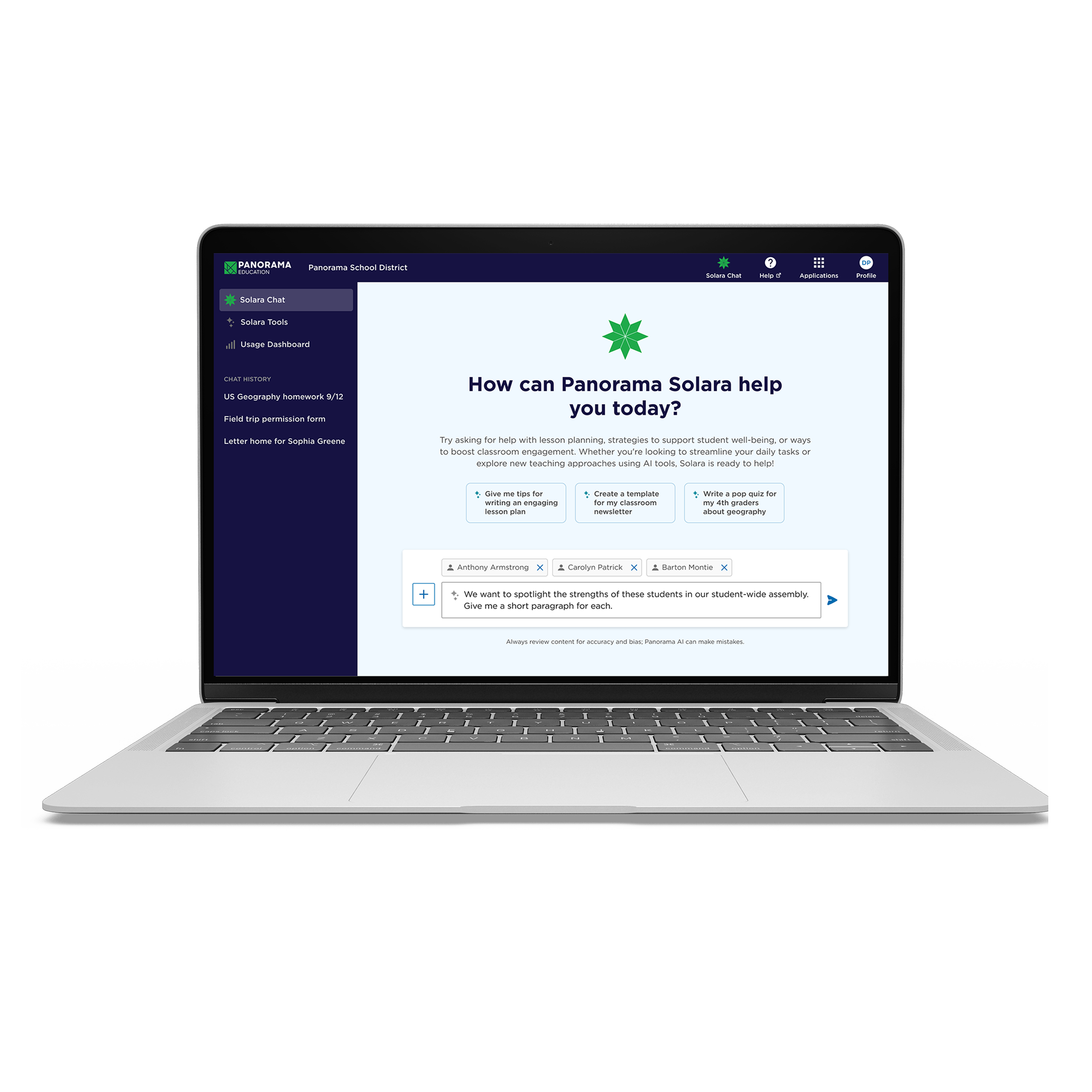

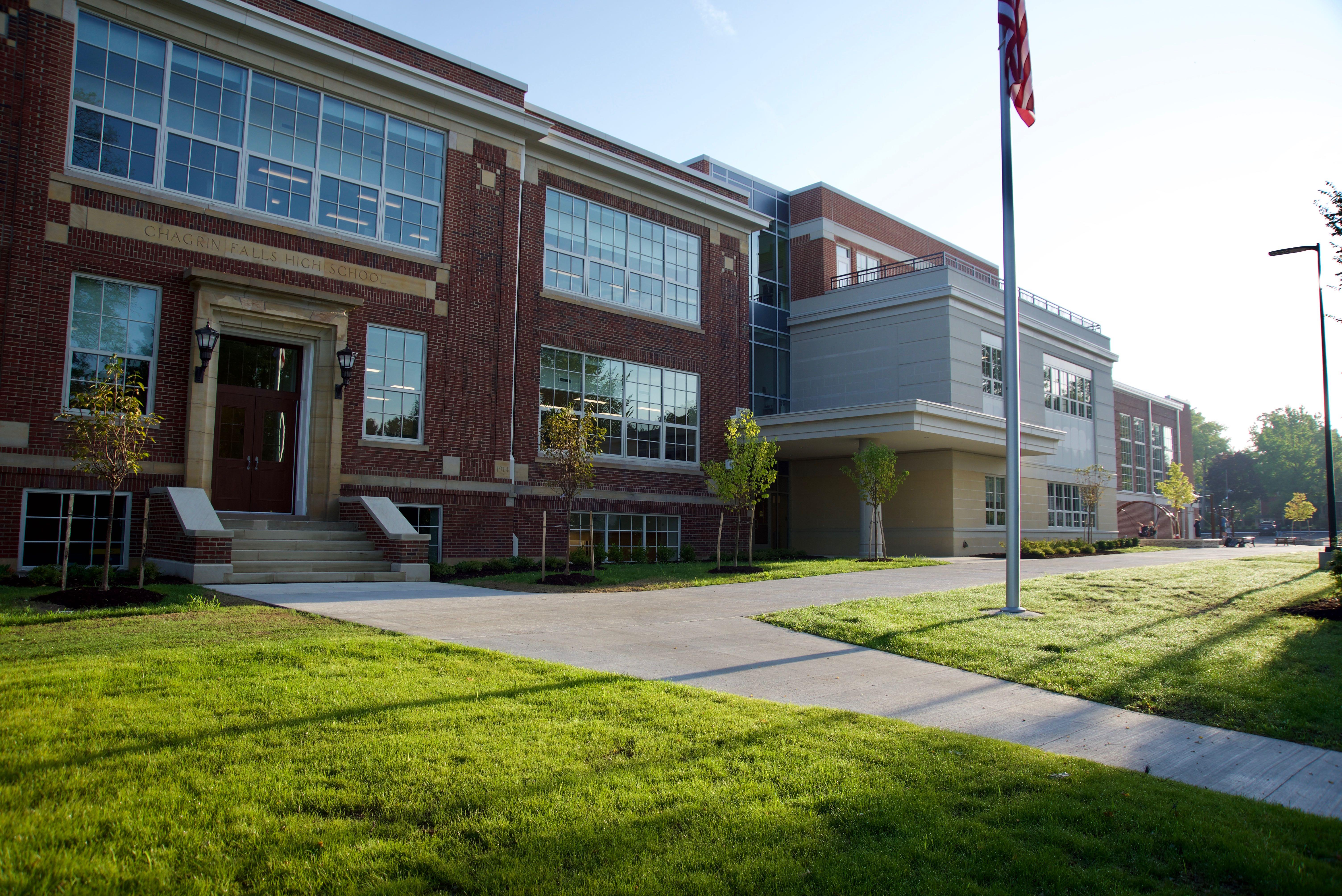
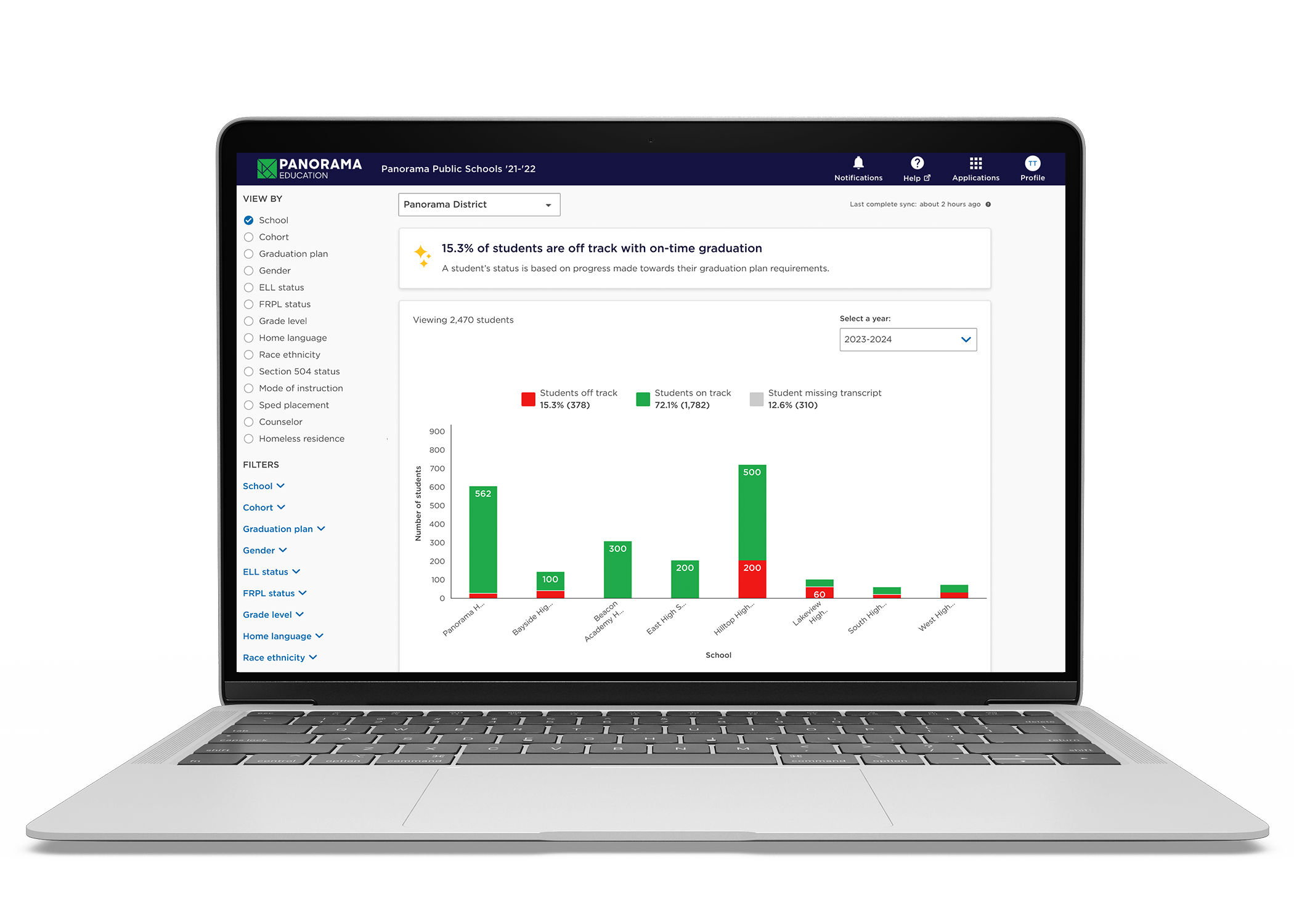
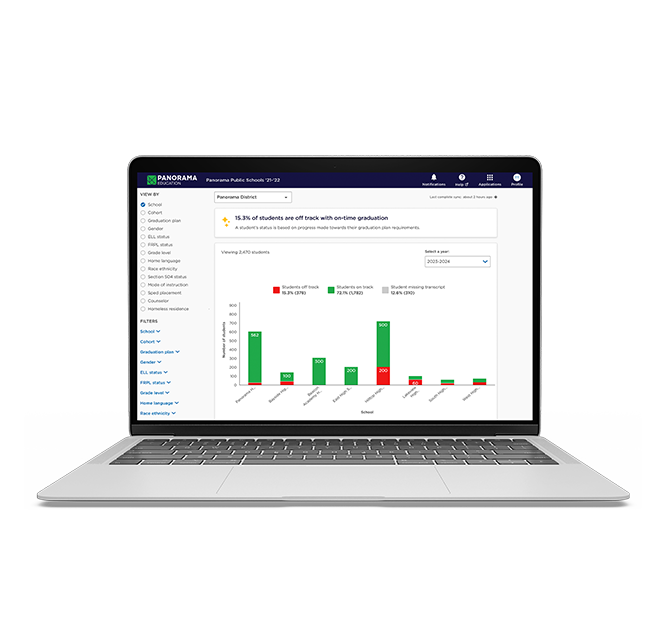
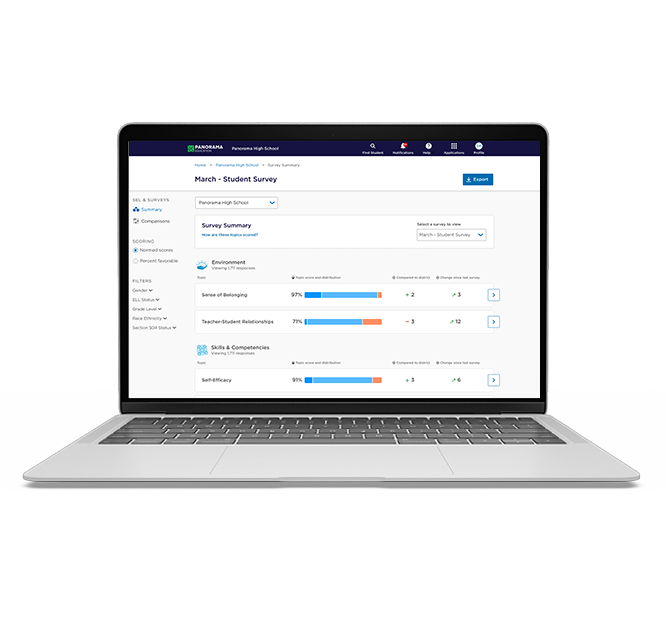
![How AI Ready Is Your District? [Infographic]](https://www.panoramaed.com/hubfs/iStock-1912513615.jpg)